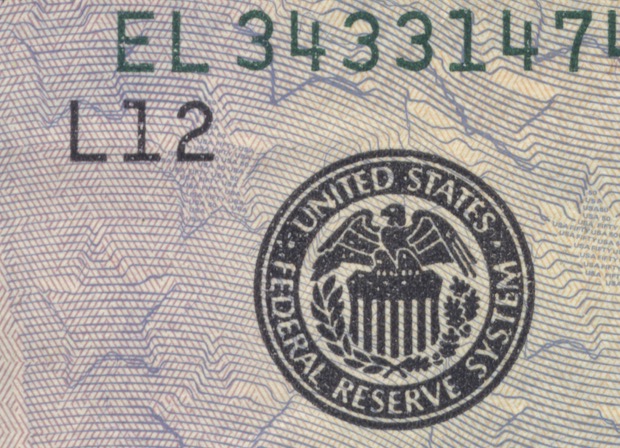Matt Tucker explores common misconceptions about bond exchange traded funds and provides three things every investor should know about this investment vehicle.
As the Head of Fixed Income Strategy for iShares, I am fully versed in the seemingly complex world of bond ETFs. I wanted to take a little time to explore the basics for you, because the only way to fully appreciate the benefits that this type of investment can offer is to first understand how they work.
First things first—here are three key elements that every investor should know:
1. A bond ETF typically tracks an index.
While there are a few activelymanaged fixed income ETFs, for our purposes we’ll focus on index-based products, which generally seek to track the performance of an index minus fees and expenses, and make up the majority of bond ETFs out there.
Like equity indexes, bond indexes typically target a specific part of the market—such as a specific sector (e.g. Treasuries, corporates), credit rating (e.g. Aaa-A), or maturity range (e.g. 7-10 years). Bond indexes combine these elements in a variety of ways, allowing investors to access both broad and narrow segments of the bond market through the ETFs that track them. For example, you can access the total investment grade bond market through a fund like the iShares Core Total US Bond Market ETF (AGG), or specifically target U.S. corporate bonds through a fund like the iShares Aaa-A Rated Corporate Bond ETF (QLTA).
Bottom line: Understanding the underlying index is key to knowing what you own in a bond ETF.
2. A bond ETF’s current price is visible and updated throughout the day on an exchange.
While some investors appreciate the fact that they can trade an ETF intraday, others may never take advantage of this feature. And that’s okay, because the mere fact that bond ETFs trade on the stock exchange is still a benefit for those investors, because it provides price transparency in an otherwise opaque market.
Individual bonds trade over-the-counter (OTC), which means that buyers and sellers negotiate individually in order to reach a deal. As a result, bonds can be hard to track down and quotes from different brokers can vary widely. In contrast, investors can see bond ETF execution prices on an exchange throughout the trading day. You can see what price at which you can buy and sell the ETF, allowing you to make more informed decisions about your bond investments. This can be particularly powerful during periods of time when markets are moving quickly or segments of the bond market are experiencing illiquidity.
Bottom line: Whether you intend to trade or not, the fact that bond ETFs offer transparent pricing arms you with valuable information that can help you make an informed investment decision.
3. A bond ETF is managed by a human (sometimes several).
A common misconception about bond ETFs is that they simply hold all the securities in the index they track, rendering a portfolio manager (PM) unnecessary. This is actually a flattering assumption, because if a bond ETF manager—or PM—is doing the job correctly investors are simply getting the exposure they expect, without much deviation from the performance of the underlying index (otherwise known as tracking error). The actions of the bond ETF manager are invisible.
The truth is that there is a lot of work going on behind the scenes to make this happen. Bond indexes can hold hundreds and sometimes thousands of bonds, some of which are illiquid or thinly traded. As a result, a bond ETF manager is required to construct a portfolio that tracks the index as closely as possible using only the securities that are available at any given time. This can be particularly tricky in certain situations (for example, an illiquid market segment like high yield), but a good PM is able to navigate a range of market environments.
Bottom line: Bond ETFs do have portfolio managers, and a skilled one will work to minimize tracking error on an ongoing basis so that investors get the exposure they’re seeking.
Of course, there’s much more to the story than this, but these three points really get to the heart of what a bond ETF is.
Matt Tucker, CFA, is the iShares Head of Fixed Income Strategy and a regular contributor to The Blog.
Copyright © Blackrock













